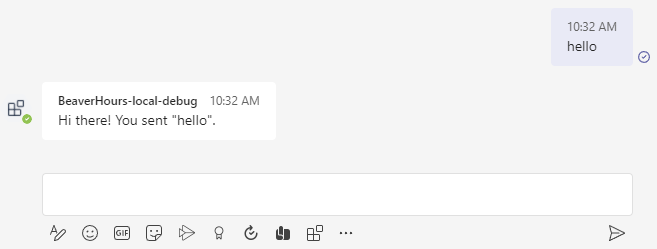If you’ve consumed almost any media in the past year or so, you’ve probably noted the meteoric rise of the concept of the metaverse, a vast, utopian (its proponents claim) virtual reality landscape that augments and redefines the way people interact with each other. The metaverse aims to reinvent how we interface with information, computation, and communication in just the same fundamental way as the personal computer, and later the smartphone did. At this formative moment of the metaverse, where the very concept is nebulous, it’s important to take stock of what it’s planned to be, who and what incentivizes it, and what what it could truly be.
Mark Zuckerberg’s now-famous manifesto on the metaverse is probably the seminal piece of media describing the proposed virtual space. There, Zuckerberg lays out principles for the metaverse, including interoperability, privacy and safety, and natural interfaces. Naturally, one may notice that several of the principles exist to some degree on existing platforms–Zuckerberg lists presence, avatars, and virtual goods as core features, which have been staples of massively multiplayer video games since their inception. The presentation claims, however, that the magic of the metaverse lies in the combination of all of the principles to a degree that has been previously unattained. In the same way that many startups are an amalgamation of once-separate spaces (“Tinder for dogs and there’s date suggestions“, “DoorDash for alcohol and there’s cocktail recipes”, etc.), the metaverse seems to be a similar incremental improvement on digital spaces: “Massively multiplayer games for VR and there are a multitude of contexts”.
Specifications aside, what truly provides insight on the metaverse is who its developers and prime investors are. Clearly, Meta (formerly Facebook) is a proponent, but recent news shows a prevalence of major banks, law firms, and entertainment conglomerates committing resources to the metaverse. This all reveals the metaverse’s social and economic position as a top-down, corporate-led initiative staked on the old adage, “If you build it, they will come.” Zuckerberg himself, in his expository speech on the metaverse, confessed that it’s still a far-off concept and will take time yet to come to fruition; these investment-happy companies, then, are counting on a first-mover advantage to pay off in the form of more exposure on the new social platform. And ultimately, given the information we have so far, that’s really what the metaverse is unfolding to be: a new social platform, built on VR headsets (which Meta happens to manufacture).
But does the metaverse have the potential to be more? Investors certainly think so, but could it truly reach the ubiquity that its most fervent proponents claim it will? To answer this, it’s important to honestly assess the scale that the metaverse is looking to achieve; no doubt, its investors would like the metaverse to become a fundamental channel by which humans interact, earning itself a place amongst the malls, restaurants, movie theaters and other venues in which we meet now. One need only look to the channels the metaverse is incrementing on to see how this could succeed and where it may fail: Facebook and other major social media platforms have revolutionized one-to-many communication, but have also been cesspits of misinformation and radicalization. The metaverse, at its core, is asking users to stake more of themselves into the digital landscape, trading a news feed for a 3d space with motion, dynamics, and physicality. Repeatedly, however, we see that people will generally act worse on the internet than they would in the real world, and even the worst actors are given a platform on some corner of the web. Currently, metaverse proponents have a well-defined plan to bring the technical specifications to realization, but in the classic Silicon Valley story, there is no word on the social ramifications of the product.
Ultimately, the metaverse is, at the moment, an incremental improvement to online social interaction, with novel ideas mixed with familiar ones. As such, much of the way we interface with current virtual spaces will hold, though more affordances will be given to users to express themselves uniquely than before. This has its benefits, generally making online interactions more rich and intricate, but will almost certainly ultimately run into the same social issues present on existing platforms like Facebook. It remains to be seen how the metaverse and its investors will address the potential social issues.





